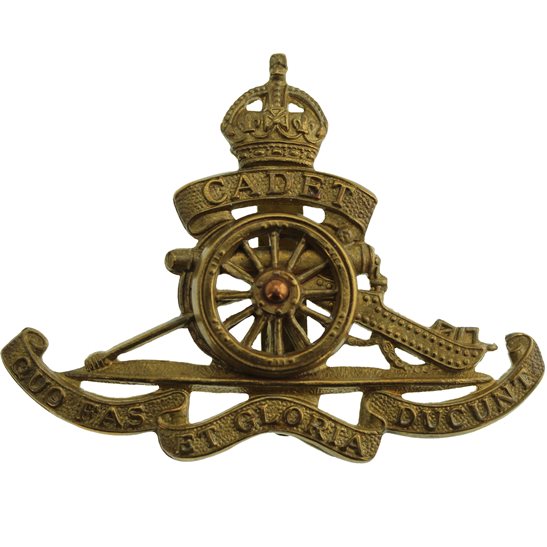Personal Details
Born: In 1895 in Whitchurch, Shropshire and baptised 7 June the same year at St. Alkmund`s Parish Church, Whitchurch.
Family: He was the elder of two sons born to John Suker, a general labourer, and his wife Elizabeth. No marriage can be found for Arthur.
Residence: At the time of his baptism his family were living in Bargates, Whitchurch, but by 1901 they had moved to 23 Yardington, Whitchurch. In 1911 their address was 24 Oddfellows Cottages, Whitchurch. On the 1919 Absent Voters` List an address of 24 Smallbrook Road, Whitchurch was given for him. (24 Oddfellows Cottages and 24 Smallbrook Road are the same address).
Employment: In 1911 he was an errand boy in a grocer`s shop.
Died: In 1922 in Whitchurch, Shropshire, aged 27, and was buried 1 August the same year in Whitchurch cemetery.
Military Details
Regiment: Royal Field Artillery
Rank: Driver
Service Number: 91184
Date of Enlistment: Not known
Date of Discharge: Not known
Reason for Discharge: Not known
Other Information: His brother, Gordon Edwin, served in the K.S.L.I. during WW1.
Arthur was awarded the Campaign Medals (British War Medal and Victory Medal)

The British War Medal (also known as 'Squeak') was a silver or bronze medal awarded to officers and men of the British and Imperial Forces who either entered a theatre of war or entered service overseas between 5th August 1914 and 11th November 1918 inclusive. This was later extended to services in Russia, Siberia and some other areas in 1919 and 1920. Approximately 6.5 million British War Medals were issued. Approximately 6.4 million of these were the silver versions of this medal. Around 110,000 of a bronze version were issued mainly to Chinese, Maltese and Indian Labour Corps. The front (obv or obverse) of the medal depicts the head of George V. The recipient's service number, rank, name and unit was impressed on the rim.
The Allied Victory Medal (also known as 'Wilfred') was issued by each of the allies. It was decided that each of the allies should each issue their own bronze victory medal with a similar design, similar equivalent wording and identical ribbon. The British medal was designed by W. McMillan. The front depicts a winged classical figure representing victory. Approximately 5.7 million victory medals were issued. Interestingly, eligibility for this medal was more restrictive and not everyone who received the British War Medal ('Squeak') also received the Victory Medal ('Wilfred'). However, in general, all recipients of 'Wilfred' also received 'Squeak' and all recipients of The 1914 Star or The 1914/1915 Star (also known as 'Pip') also received both 'Squeak' and 'Wilfred'. The recipient's service number, rank, name and unit was impressed on the rim.

